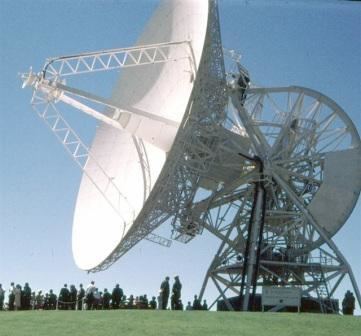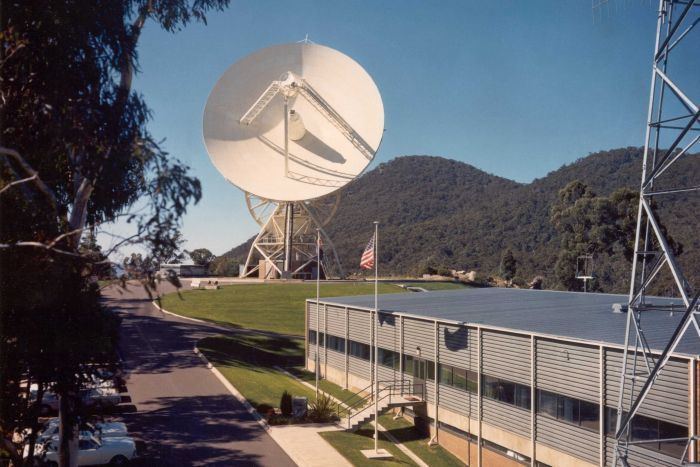Opened 1967 | ||
Similar Canberra Deep Space Co, Orroral Valley Tracking, Goldstone Deep Space Co, Island Lagoon Tracking, Booroomba Rocks | ||
Honeysuckle creek tracking station top 7 facts
Honeysuckle Creek tracking station was a NASA tracking station near Canberra, Australia, which played an important role in supporting Project Apollo. The station was opened in 1967 and closed in 1981.
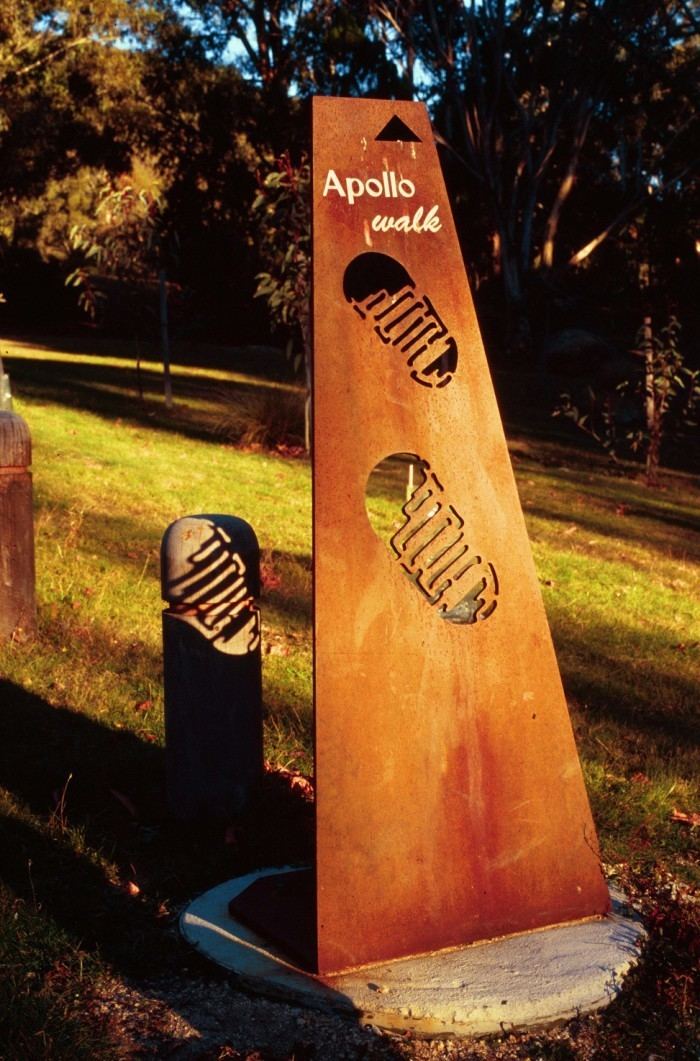
The Honeysuckle Creek station is most famous for being the antenna which received and relayed to the world the first historic TV images of astronaut Neil Armstrong setting foot on the Moon on 21 July 1969. Apart from the television pictures they provided, Honeysuckle Creek and Tidbinbilla had voice and telemetry contact with the lunar and command modules. Much of this was dramatized in the 2000 Australian film The Dish.
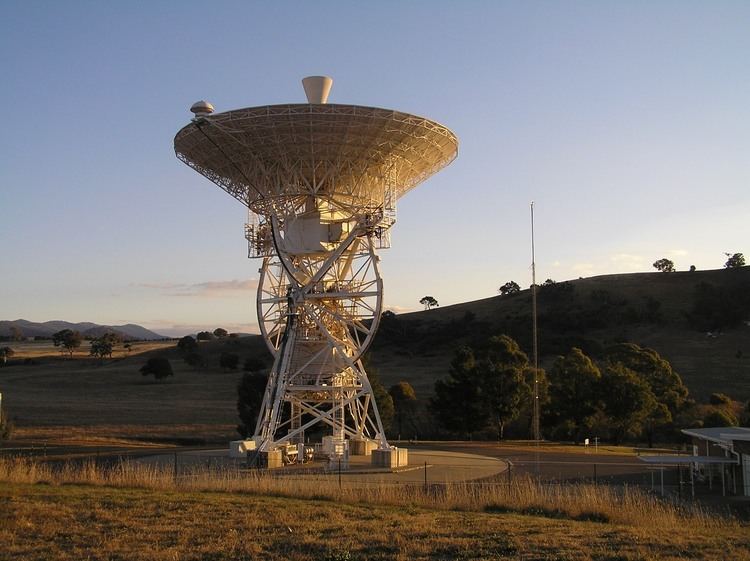
After the conclusion of the Apollo Moon missions in 1972, Honeysuckle Creek began supporting regular Skylab passes, the Apollo scientific stations left on the Moon by astronauts, and assisting the Deep Space Network with interplanetary tracking commitments.
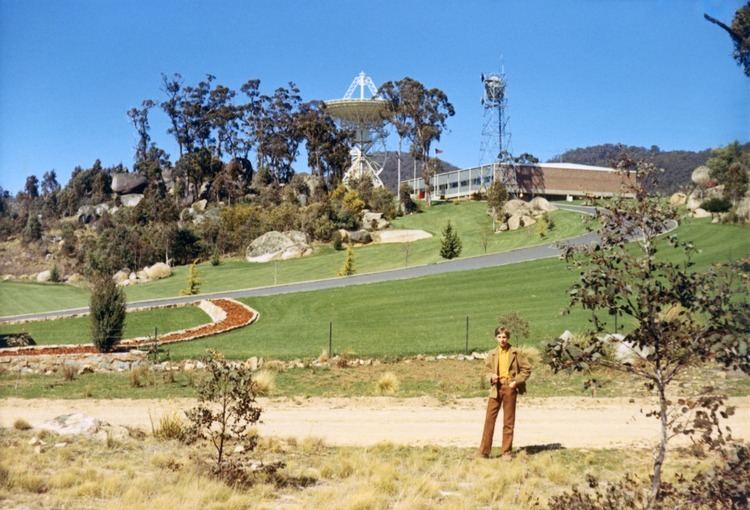
In 1974 at the conclusion of the Skylab program, Honeysuckle Creek joined the Deep Space Network as Deep Space Station 44. Honeysuckle Creek closed in December 1981, its 26 m antenna being relocated to the Canberra Deep Space Communications Complex at nearby Tidbinbilla, and renamed Deep Space station 46, where it remained in use until late 2009.
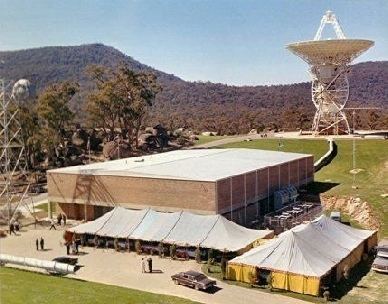
Today the original site has been leveled, and only the concrete foundations remain. An outdoor display was added to the site in 2001. The original site is considered to be the geographical centre of the Australian Capital Territory.

